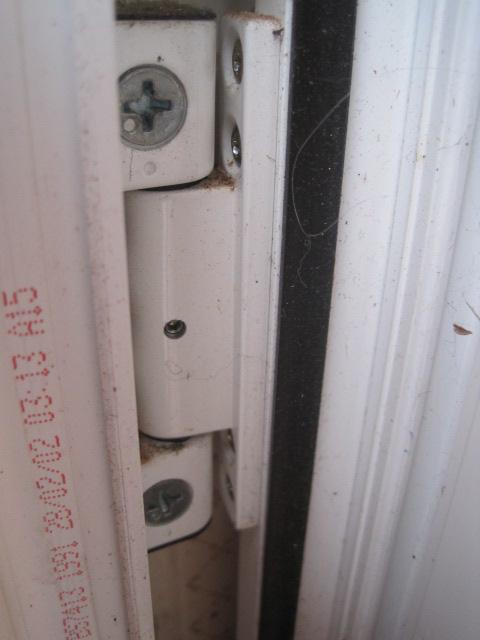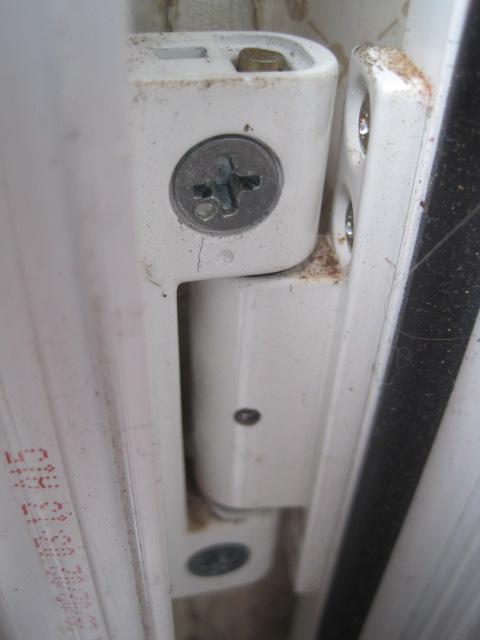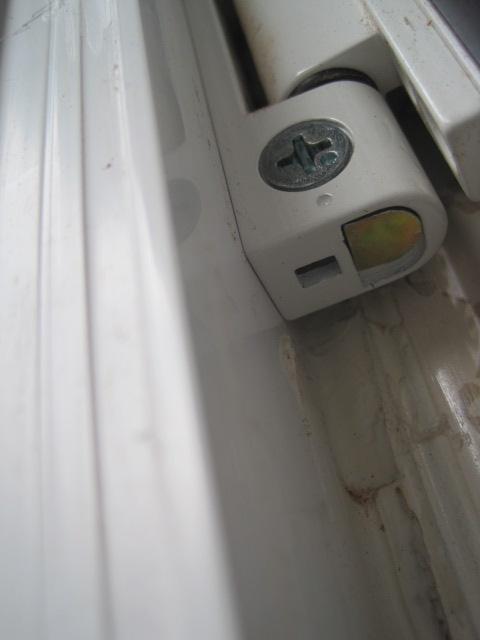Ten years ago I had a UPVC kitchen door fitted--it was made by Coastal. Although I was satisfied with it at the time, I am not so happy these days, especially in winter, because of the draught around the outside edge of it.
In fact the rubber seal on the frame doesn't quite touch the outside face of the door when the door is closed and the rubber seal on the door doesn't quite touch the inside face of the frame when the door is closed. You can tell this by running a knife blade between the seal and the corresponding plastic face.
I can't see what mechanical adjustment I can make to improve matters. My current thought is to stick some rubber strip along the outside edge of the door (ie, the edge where the latch tongue protrudes from), leaving spaces for the tongue and locking levers. It would prevent passage of air around the door when closed, though of course it might not look very pretty when the door was open.
Are there any other recommendations you guys can make? For instance, could I get fatter sealing strips anywhere?
In fact the rubber seal on the frame doesn't quite touch the outside face of the door when the door is closed and the rubber seal on the door doesn't quite touch the inside face of the frame when the door is closed. You can tell this by running a knife blade between the seal and the corresponding plastic face.
I can't see what mechanical adjustment I can make to improve matters. My current thought is to stick some rubber strip along the outside edge of the door (ie, the edge where the latch tongue protrudes from), leaving spaces for the tongue and locking levers. It would prevent passage of air around the door when closed, though of course it might not look very pretty when the door was open.
Are there any other recommendations you guys can make? For instance, could I get fatter sealing strips anywhere?











